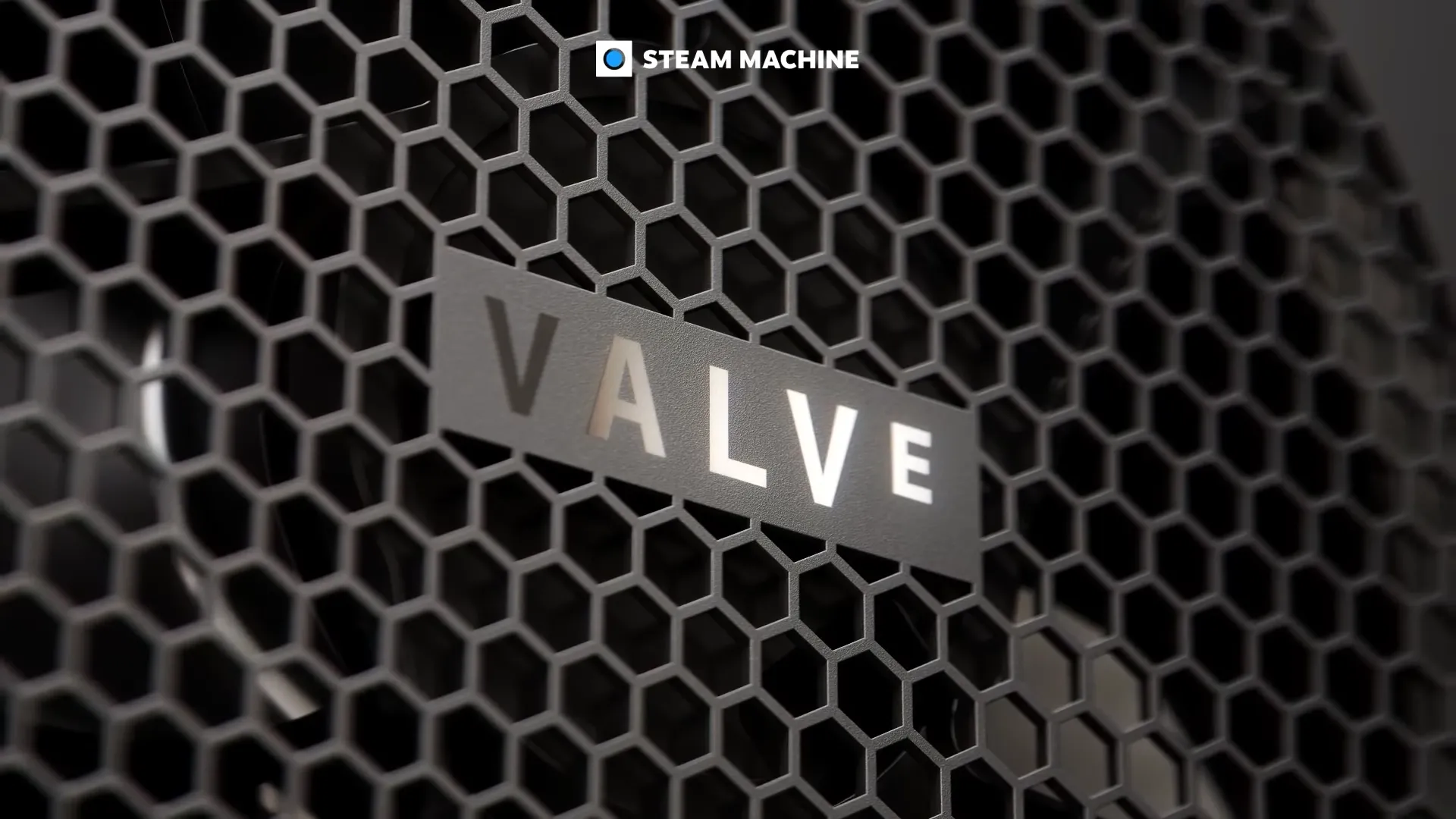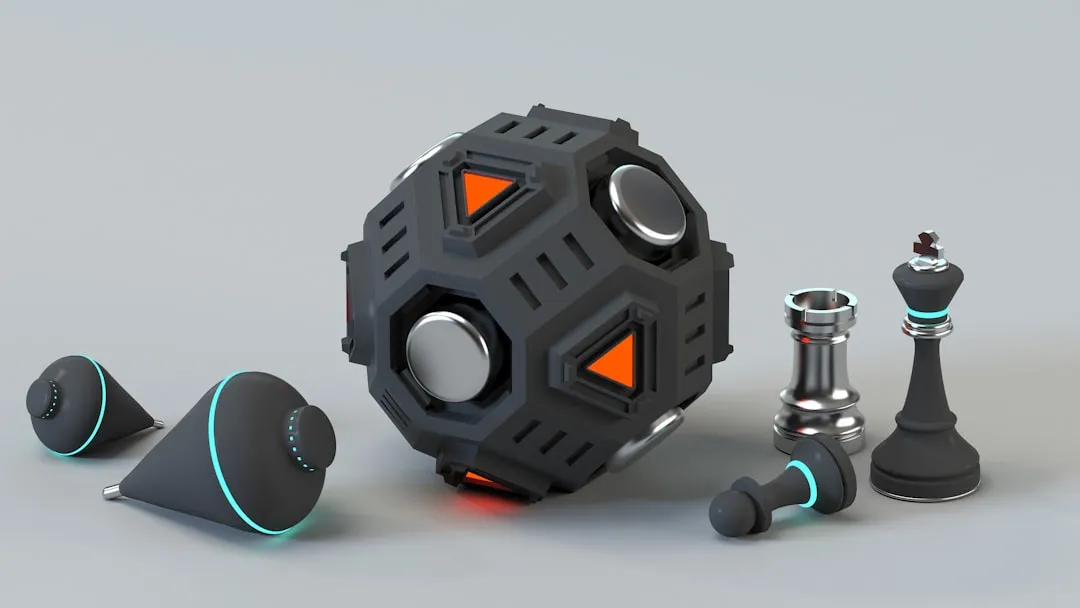Valve has just made their most ambitious move back into VR hardware with the Steam Frame, and honestly, it’s about time. This is not just another incremental upgrade to chase Meta, it is a reimagining of what VR should be. After years of whispers about the mysterious "Deckard" project, Valve has officially confirmed they’re returning to VR hardware development with something that could fundamentally change how we think about virtual reality. Big promise. Can they stick the landing?
The timing feels sharp. Valve spent years perfecting the handheld gaming formula with the Steam Deck, learning about mobile computing, battery optimization, and how to make complex PC gaming feel simple. Now they are applying that hard-won experience to VR’s messiest problems. Rock Paper Shotgun reports that Valve wants this to be "the last VR headset you’ll ever buy", a bold line that points to a modular, upgradeable design philosophy borrowed from PC building culture. The Steam Frame is not positioned as a simple successor to the Valve Index, it is Valve’s shot at making VR both more accessible and more powerful.
What makes Steam Frame different from everything else?
The Steam Frame goes after VR’s biggest psychological barrier, the friction of commitment. IGN explains that users no longer need to decide between VR and traditional gaming before strapping in, calling this flexibility one of the device’s "real superpowers." That tiny moment of hesitation when you stare at a headset and think, am I really up for full immersion right now, starts to disappear.
Under the hood, the approach is just as ambitious. The headset runs a specialized VR version of SteamOS with an evolved Proton compatibility layer that can handle Linux, Windows, and Android applications, UploadVR details. Your Steam library becomes a unified playground where traditional games live in virtual spaces, VR titles scale to different immersion levels, and the old wall between formats starts to crumble.
Modularity ties it all together. Rock Paper Shotgun notes that the device is built for upgrades, potentially lasting as long as a desktop PC. Swap lens modules for new optics. Replace the battery, speakers, or processing components without tossing the entire headset. It is a direct challenge to VR’s throwaway cycle, where one aging part can doom a whole device.
The technical specs that matter
Steam Frame’s specs put it in premium territory. The headset features dual 2160×2160 LCD panels with refresh rates from 72 Hz to 144 Hz, UploadVR confirms, twice the pixel count of the original Valve Index and matching the Meta Quest 3’s clarity. Field of view ~110° (Valve lists 110° horizontal) with pancake optics, IGN reports, delivering sharp visuals across the viewing area without the edge distortion that plagues plenty of headsets.
Power matters too. Steam Frame is powered by Qualcomm’s Snapdragon 8 Gen 3 chipset paired with 16 GB of LPDDR5X RAM, according to UploadVR. The Adreno 750 GPU delivers 25 percent more power than the Quest 3’s graphics processor, with expected improvements of around 50 percent in single threaded performance and roughly 100 percent greater multithreaded performance. In practice, that means smoother complex scenes and headroom for features like real time foveated rendering.
Storage is not an afterthought. There are 256 GB and 1 TB models, both expandable via microSD, so you can stretch to additional terabytes without babysitting your library.
Comfort gets real engineering attention. Valve lists the full headset at ~440 g (including strap and battery), roughly 75–80 g lighter than Meta Quest 3, Rock Paper Shotgun highlights. With the battery positioned at the back of the head, the weight balances out, which makes longer sessions feel doable instead of like a neck workout.
Wireless streaming that actually works
Steam Frame’s wireless approach rethinks the usual pain points. Instead of trying to squeeze more from a single connection, Valve combines multiple technologies, UploadVR explains.
There are two radios. One connects to your home Wi-Fi for internet access. The other sets up a dedicated 6 GHz Wi-Fi 6E hotspot that your PC joins through the included USB adapter. That separation keeps your VR stream away from household traffic, a direct wireless lane tuned for low latency play.
The clever bit is Valve’s "foveated streaming" system that uses built-in eye-tracking to prioritize bandwidth where you are looking. IGN details how it sends the highest quality data to your focal point and tapers quality in your peripheral vision. Not just compression tricks, it mirrors how human vision works.
Put it together and you get a three component system, a wireless dongle, eye tracking with foveated streaming, and a direct headset to PC link. The plug and play dongle targets ultra low latency streaming, according to IGN. If it holds up outside demos, wireless VR could finally feel as snappy as a cable.
Controllers designed for the Steam ecosystem
The Steam Frame’s controllers mark a philosophical shift from the Index era. Rock Paper Shotgun describes a D pad and a full set of XYAB face buttons, plus finger tracking that is less sophisticated than the Knuckles controllers but closer to a familiar gamepad layout. Accessibility over novelty, on purpose.
PC Gamer notes that the controllers feel like a standard gamepad split in half, similar to the Quest 3’s form factor, with Valve’s usual attention to detail. They include capacitive sensors and run on a single AA battery per controller, a practical choice that avoids charging docks. Optional grip straps and capacitive sensors detect finger release, UploadVR adds.
It reads like maturation. The Index controllers were impressive, and they were also a lot. These prioritize familiarity and function. IPD adjustment lives on a wheel at the top of the headset, UploadVR confirms, so dialing in your fit is straightforward.
Early impressions from hands-on testing
Early hands on time is promising, especially in areas where older headsets stumbled. UploadVR’s Ian Hamilton tested standalone titles including Ghost Town, Walkabout, Moss 2, and Gorn 2. Ghost Town ran completely standalone through compatibility layers. The weight distribution landed as a "remarkable feat of engineering" and the headset reportedly feels closer to glasses or a sleep mask thanks to balanced front and rear components.
The visuals hold up. Image quality has been described as clear and sharp, similar to the Quest 3’s lenses, UploadVR reports. Half Life: Alyx streamed from a nearby gaming PC during demos, a solid showpiece for the wireless link under real conditions. The back half of the headset can even tuck inside the facial interface for transport, a small but thoughtful touch.
Eye tracking for foveated encoding in PC VR streaming also looked strong in early testing, according to UploadVR. Testers could not spot when the system shifted quality based on gaze. Exactly how it should feel, invisible.
What this means for VR’s future
Steam Frame signals more than a spec bump, it points to VR as a mainstream computing platform rather than a niche peripheral. The device will replace the Valve Index in the market, as the older headset is no longer in production, UploadVR confirms. With a planned launch in early 2026 and a growing hardware family alongside the Steam Deck, Valve is making a long bet.
Modularity could reset expectations about hardware longevity. Instead of replacing a whole headset every few years, you upgrade parts as technology advances, Rock Paper Shotgun suggests. That mirrors how PC gamers treat their rigs, pieces that evolve over time, not disposable boxes.
The tighter bridge between VR and traditional gaming goes after adoption head on. Jeremy Selan from Valve frames it as VR blending more naturally with traditional gaming, making virtual reality a normal part of PC play rather than a separate commitment.
Valve is not just chasing Meta for standalone dominance, they are carving out a category that straddles standalone and PC VR with more grace than we have seen so far. If they pull it off, the industry could move toward integrated, flexible approaches that respect existing libraries while opening new doors. Specs matter, sure. The real test is simpler, does Steam Frame make VR feel as natural as putting on a favorite pair of headphones?
























Comments
Be the first, drop a comment!